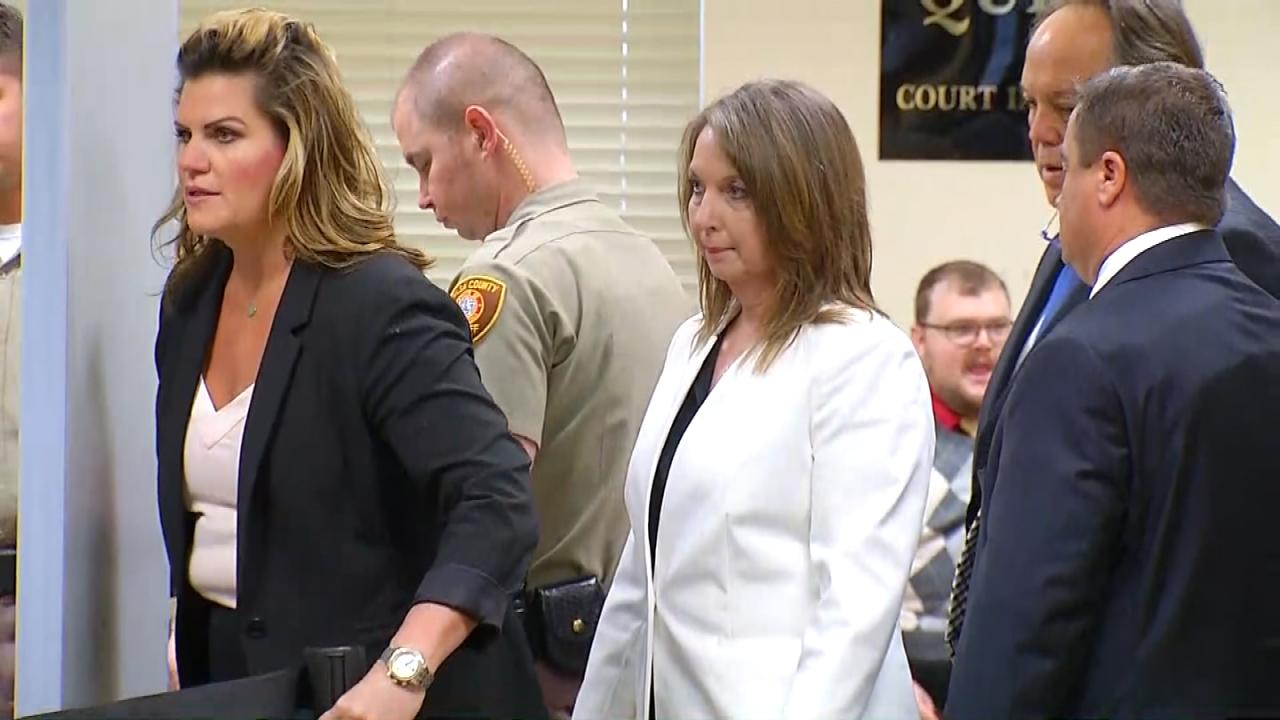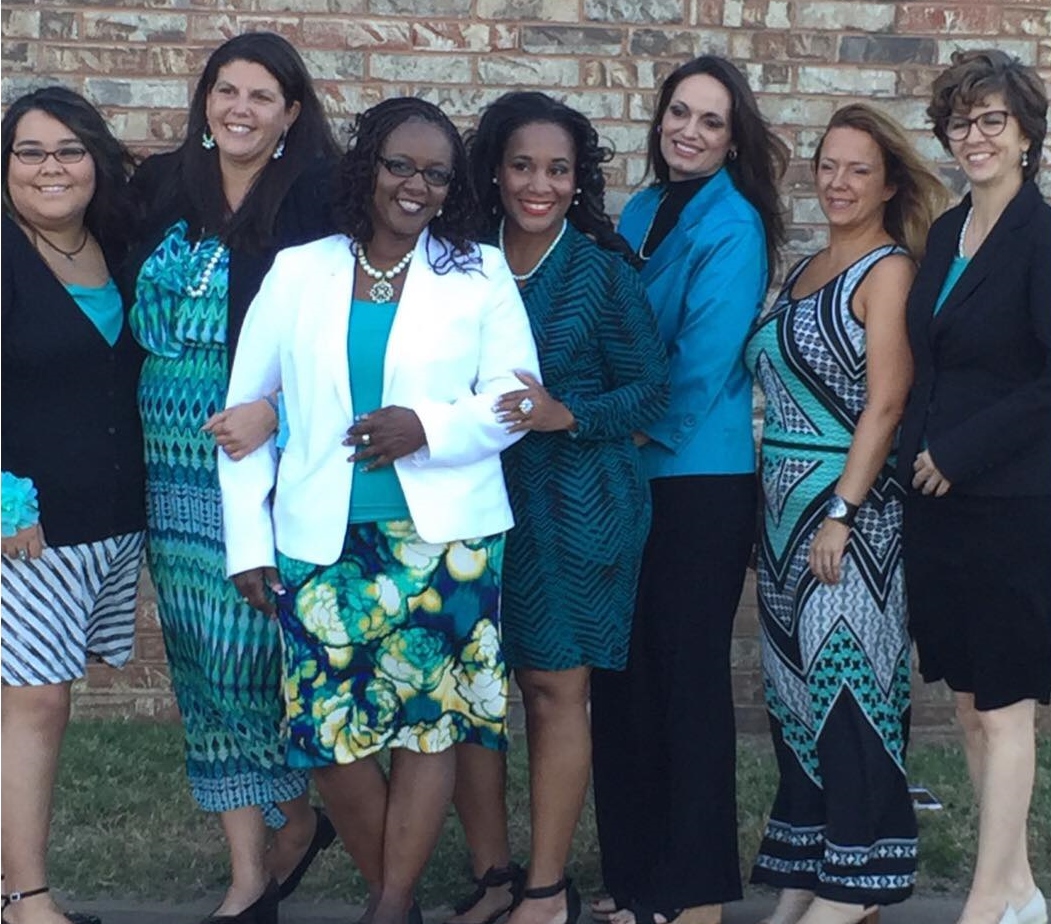
TULSA, Oklahoma –
Betty Shelby defense attorneys asked for mistrial first thing Tuesday morning before the jury was brought into the courtroom.
Defense attorney Shannon McMurray said the prosecution was repeatedly implying Shelby’s choice to obtain council and wait a few days to give a statement revealed her guilt. The shooting took place on a Thursday, and Shelby waited until Monday to make her statement.
McMurray said her client was merely exercising her rights, and the prosecution should not suggest to the jury that it indicates guilt.
McMurray also said the prosecution’s repeated comments and questioning about Terrence Crutcher being unarmed weren’t fair.
Judge Doug Drummond said the fact he was unarmed is a factor in case. He denied the mistrial.
The defense is calling a few more witnesses today in their case in the manslaughter trial of Tulsa police officer Betty Shelby.
Dr. Howard Williams, a one-time chief of police and 36-year law enforcement veteran, was called to testify as an expert on the use of Tasers. Williams testified to how Tasers work and instances where they have proven to be ineffective – for example, if the suspect is too far away from the officer or is wearing heavy clothing.
Williams said he has investigated cases where Tasers failed and officers who chose to use a Taser instead of a gun died as a result of that choice. The expert witness said for a Taser to effectively incapacitate someone, the probes must be in the skin or really close to the skin.
If the Taser was effectively deployed – meaning that the electrical current did work and did incapacitate the individual in some way – it should leave marks where the probes penetrated the skin.
Special Coverage: Betty Shelby Manslaughter Trial
Williams said he reviewed all the evidence into the Terrence Crutcher shooting, including the autopsy report, and those burn or Taser marks were not present according to the doctor who examined Crutcher’s body. He said based on helicopter video, the medical examiner’s report and photos, he doesn’t believe there was effective Taser deployment on Crutcher.
According to research, Williams said Tasers fail 10 to 32 percent of the time; however, he said his expert opinion is that the failure rate is not that high. He believes they fail in more like 10 to 15 percent.
He said if he were the only officer at the scene, he would not trust his life to it. Officer Shelby was not alone at the time she shot Terence Crutcher, Officer Tyler Turnbrough was present. However, Shelby testified on Monday that she was so focused on Crutcher, she did not realize Turnbrough – who had his Taser drawn – was standing next to her.
The prosecuting attorney Kevin Gray asked Williams if he is a medical examiner, if he was at the scene, if he saw the autopsy or if he doubts what officers at the scene said. Williams answered no.
Gray asked Williams about a “sympathetic shot” where an officer hears the pop of a Taser and mistakes it for a gunshot then fires his or her gun. Williams said the Taser and gun fired at the same time in this case, and he doesn’t believe it was a sympathetic shot.
He admitted it is rare that both officers would fire at once.
A deadly force expert then took the stand. Is focus is on deadly force encounters, and he has testified for and against police officers in the past.
After the defense calls all the witnesses on its list, the prosecution is allowed to call rebuttal witnesses if they choose. Then, the two sides usually meet with the judge to discuss jury instructions. after that, closing arguments and then to the jury.










